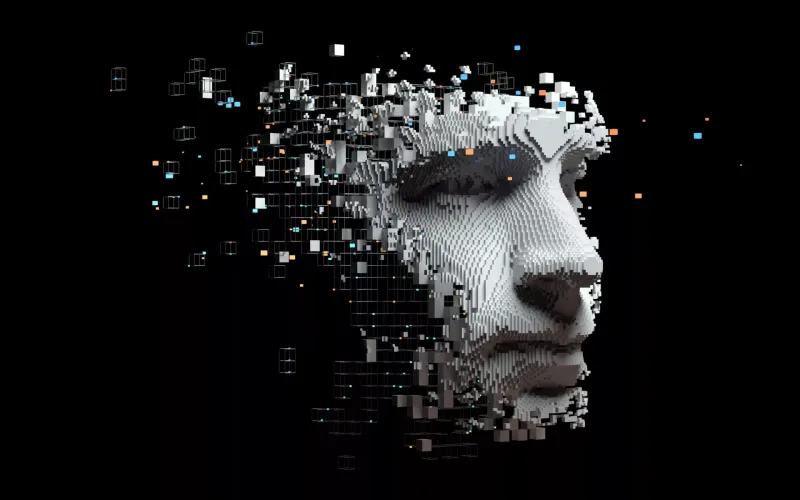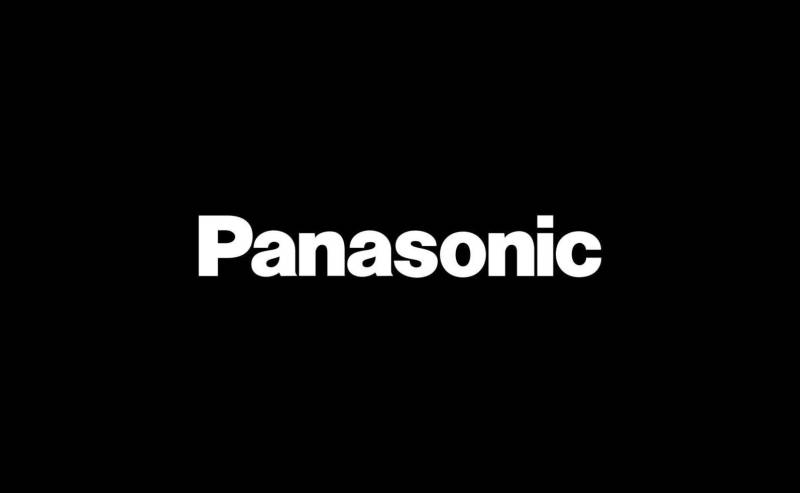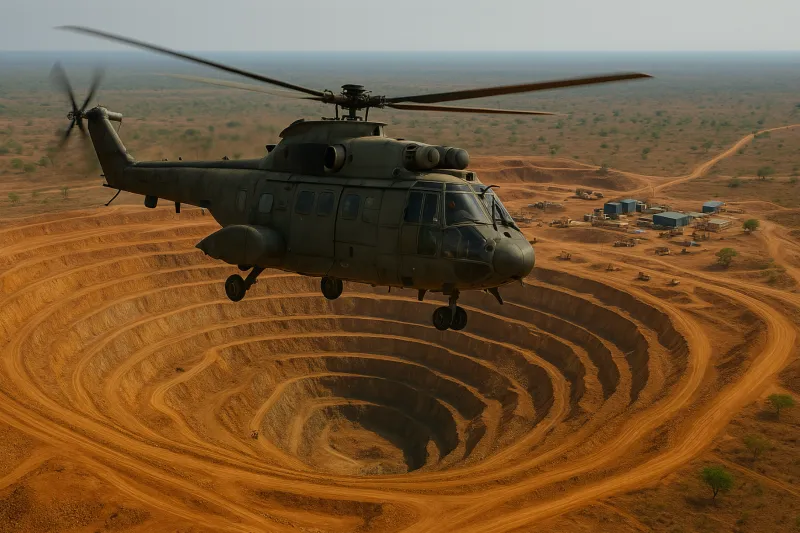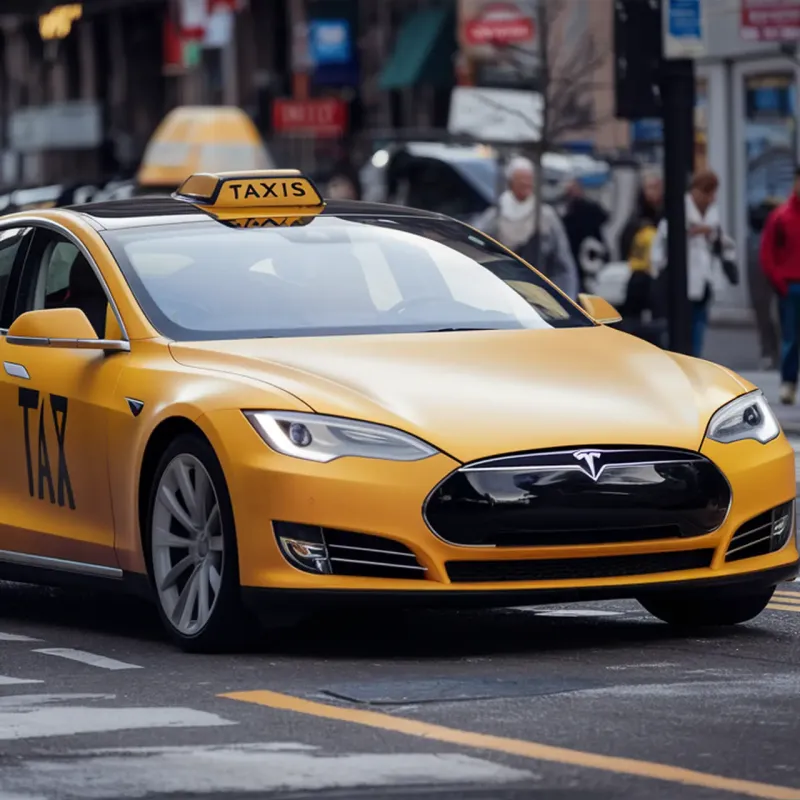The podcasting world is undergoing a major transformation, and at the center of this shift is the rapid rise of video podcasts. No longer just an audio experience, podcasts are now becoming more visual, immersive, and shareable, changing how content creators reach and engage audiences around the world. Video podcasting has surged in popularity across platforms like YouTube, Spotify, TikTok, and even Instagram. In 2025, video podcasts are no longer a niche experiment—they’re a dominant content format. With audiences demanding more dynamic and entertaining ways to consume long-form content, creators are responding by adding cameras, sets, and full production to what was once just a microphone and a voice.

Read Also: Controversies, Truths & The Road Ahead

One of the key reasons for the success of video podcasts is the increased discoverability they offer. Platforms like YouTube push video content through recommendation algorithms, enabling podcasts to go viral more easily than audio alone. This added visibility gives creators access to wider audiences, especially those who might not have been regular podcast listeners before. Another major driver is the emotional connection that video enables. Watching facial expressions, gestures, and guest interactions helps viewers connect more deeply with the content. For podcasts focusing on interviews, debates, and storytelling, this visual element creates a more authentic and relatable experience. It feels like sitting in the room with the hosts—something audio alone can’t fully capture.
Popular podcasts such as The Diary of a CEO by Steven Bartlett, The Joe Rogan Experience, and Drink Champs have heavily leaned into video and are seeing explosive engagement numbers. Even traditional podcast platforms like Spotify now support video podcasting natively, indicating the industry’s serious shift in direction. Meanwhile, social media giants like TikTok and Instagram are flooded with short clips from these video podcasts, repurposed as reels and shorts to draw attention and traffic. For creators, the monetization benefits are also significant. Video ads typically yield higher CPMs (cost per thousand impressions) than audio ads, offering more opportunities for revenue. Plus, with multi-platform distribution strategies, video podcasters can simultaneously grow on YouTube, Instagram, TikTok, and even LinkedIn—tapping into diverse and global audiences.
From a production perspective, the barriers to entry have lowered. Affordable high-quality cameras, simple editing software, and streamlined publishing tools have made it easier than ever for podcasters to set up video studios—even from home. What was once exclusive to celebrities or major media houses is now accessible to solo creators, startups, and niche experts. There’s also a growing trend of hybrid episodes, where the podcast is recorded both as audio and video. This strategy caters to both traditional audio listeners (especially during commutes or workouts) and video-centric audiences who prefer watching from their desktops, smart TVs, or mobile devices.
However, with all the momentum comes new challenges. Video production requires more time, equipment, and sometimes additional team members. There’s also increased pressure for hosts to maintain a camera-ready presence, which might be off-putting for those used to the casual, behind-the-scenes vibe of early podcasting. Still, the benefits outweigh the drawbacks for most creators, especially when it comes to visibility, engagement, and brand growth. As we move further into 2025, the message is clear: podcasting is evolving fast, and video is leading the charge. Whether you're a creator looking to expand your reach or a brand hoping to connect with modern audiences, embracing video podcasting is no longer optional. It's the new standard.



